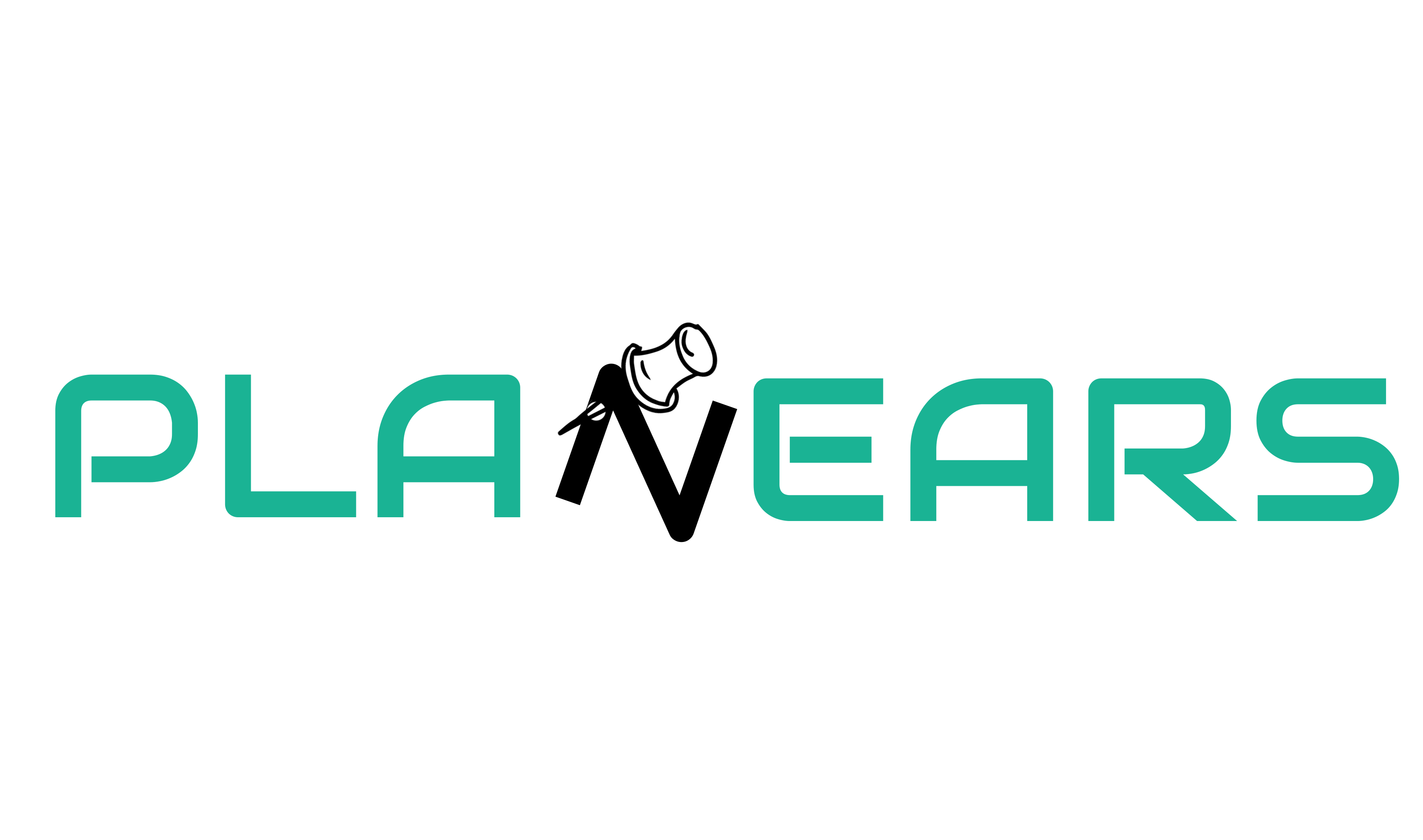Neural Networks for Machine Learning
We all know that neural networks are the mandatory part of machine learning so let me tell you about the purpose of machine learning.
We need machine learning for tasks that are too complex. One, humans find it difficult to code them directly, i.e. tasks which are so tricky that it becomes troublesome to work out all of the variations. Secondly, code for them explicitly. So instead, we provide a machine learning algorithm with a large amount of data and let it explore and track for a model that will work out what the programmers were trying to accomplish.
For example, it is difficult to write a program which figures out the possibility that whether a credit card transaction is fraudulent or not. Such rules do not exist that are both simple and reliable at the same time to tell us the difference. So, for that purpose, we use machine learning which combines all of the necessary rules to write a certain program that solves the problem instantly.
Machine learning can tend to other tasks as well, including :
- Patterns recognition i.e. facial expressions, spoken words or objects etc.
- It can detect irregularities as described above i.e. fraudulent transactions.
- Predicts future actions.
Neural networks :
Neural Network is a computer system based on human brain and nervous system. The basic inspiration behind artificial neural networks came from biological NN’s. They are a particular set of algorithms that revolutionize machine learning and to get a clear picture of these networks to let’s have a look on few of them below:
Perceptrons :
Perceptrons, consider as the first generation of neural networks. That are design for storage and organization of information in the brain. Also labeled as feed-forward neural network i.e. they transfer information from the front to the back.
Training perceptrons usually require back-propagation, providing the network with paired datasets of inputs and outputs. Inputs are delivered to the neuron, processed, and result in an output. If you choose enough features by hand you can almost do anything. For binary input vectors, we can choose a separate feature unit for each of the exponentially many binary vectors and we can make any possible discrimination for binary input vectors.
However, with all of these features perceptrons do have limitations, once hand-coded functions are determined, there are very strong limitations on what perceptrons can learn.
Recurrent neural networks :
To understand these networks, we must take a look at sequence modeling first. When we apply machine learning to sequences, we want to turn an input sequence into an output sequence that lies in a different domain. For example, turning a sequence of sound pressures into word identities. When no separate target sequence is present, we can get a teaching signal by trying to predict the next term in the input sequence.
The target output sequence is the input sequence with an advance of one step. This seems much more natural than trying to predict one pixel in an image from the other pixels, or one portion of an image from the rest of the image. Predicting the next term in a sequence blurs the difference between supervised and unsupervised learning. This network uses methods designed for supervised learning but doesn’t require a separate teaching signal.
RNNs are basically perceptrons. But unlike perceptrons, which are stateless, they have connections between passes, connections through time. RNNs are very powerful because they combine two qualities :
1- A distributed hidden state that allows them to store a lot of information about the past efficiently
2- Un-arranged dynamics that allow them to update their hidden state in complicated ways.
AI and Planears :
Planears with its most distinctive features has an aim to integrate artificial intelligence in its features. The future action feature in Planears gives a glimpse of what Planears is trying to achieve. Future action helps managers to add next action items for a specified operation and then he has to do nothing more on that manually because the system will automatically move that task up the timeline to notify other members. If Planears succeeds in achieving this goal it would become one of the best platforms for workspace management.
Conclusion :
Neural Networks and the complex deep learning technique are some of the most capable AI tools for solving very complex problems and will continue to be developed and leveraged in the future.
Artificial Intelligence is a powerful and exciting field and is only going to become more important. And efficient moving forward and will certainly continue to have very significant impacts on modern society.




